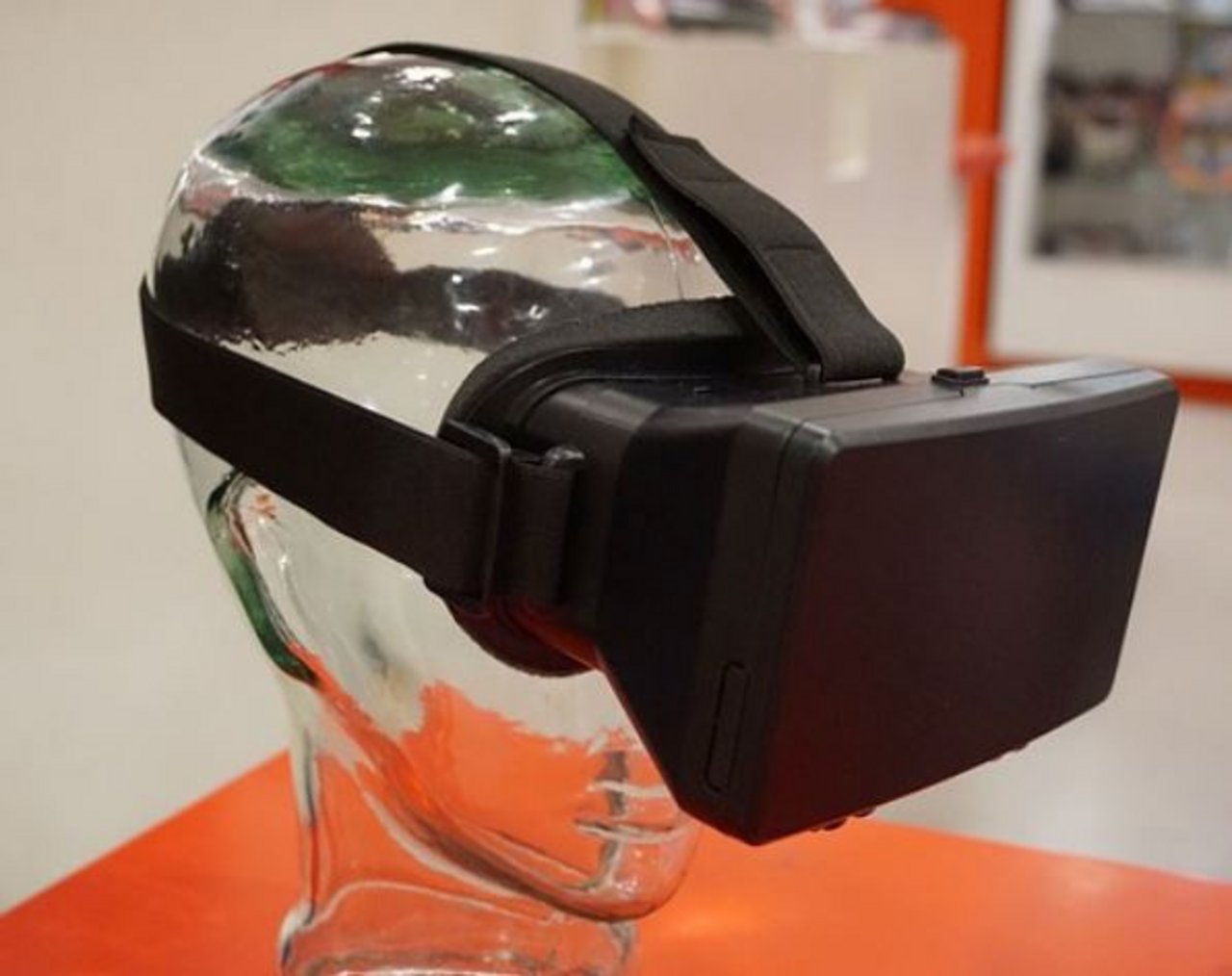
AUGMENTED VIRTUAL REALITY
Virtual reality and augmented reality: what are the differences? These terms have been around for a few years now, but what are the real differences between these two technologies?
Virtual reality and augmented reality: the boundaries between these two technologies are blurred. However, although they share some common features, they convey two very different visions and specific uses.
Virtual reality, which emerged in the mid-1990s and has been perfected over the last decade, is a further development of techniques for visualising a three-dimensional world. Unlike a video game or a traditional multimedia experience, where the user remains at a distance from the screen, virtual reality immerses you in the 3D world with the help of a headset and motion sensors that allow you to ‘live’ in this world.
Far removed from the primitive experiences of the 1990s, modern virtual reality solutions have evolved considerably. The best-known ones, the Oculus Rift acquired by Facebook or the HTC Vive, which was developed in collaboration with Valve (Steam), consist of three components:
a virtual reality headset that is connected to the video input and USB ports of a PC (preferably a high-end PC)
motion sensors that are placed in the room to detect movement and controllers that allow the user to interact with their hands in the room
the headset transmits stereoscopic 3D images via a screen and lenses that bring them as close as possible to the eyes.
The impression of being in virtual space can be overwhelming.
There are also simpler solutions, such as smartphone-based solutions (Samsung Gear VR, Google Daydream...) or standalone headsets like the Oculus Go. These ‘light’ headsets offer simpler experiences based mainly on head movements (360° videos, virtual tours...) or supported by a controller (joystick or remote control). In all cases, the image in front of the user's eyes completely isolates them from reality, which can lead to dizziness, claustrophobia or unintentional collisions with objects in the room. In virtual reality, furniture has to be moved!
Augmented reality: the real is enriched by the virtual
In augmented reality, on the other hand, reality is enriched with virtual elements. You can think of it as a lens through which you view an ‘augmented’ version of reality, with superimposed information and even imaginary 3D objects that fit into a room.
The simple head-up display of a car can be seen as a form of augmented reality. Another example was the experiment with Google Glass, which broadcast information that could be seen in the corner of one eye: displaying a Google Maps map and directions while walking, without having to look at the smartphone.
More advanced technologies for augmented reality are used by Google and Apple on their mobile operating systems. The AR Core (Android) and AR Kit (iOS) APIs turn smartphones into an augmented reality prism, even if it is not augmented reality in practice: you are still looking at a screen on which a video capture of reality is shown. It remains the case that augmented reality on smartphones continues to be enriched with new apps (table games, measurement and astronomy tools, etc.) and refined possibilities. iOS 12, for example, introduces the concept of persistent experiences (which you can leave and resume in the same state) that are shared by multiple users.
Microsoft has been developing a more ambitious version for several years with its Hololens holographic headset. Here there is no opaque screen between the user and their environment, but holograms projected onto the transparent lenses of the headset. Apart from the playful side - you can play Minecraft on your coffee table - the Hololens is a real innovation. Hololens promises an interesting use in professional environments such as medicine or industry.
Magic Leap offers a similar approach, based on (relatively) smaller glasses and promising better integration of 3D objects into the real world through the use of depth of field. However, the first demonstrations seem to have been disappointed by those who were allowed to wear the device.